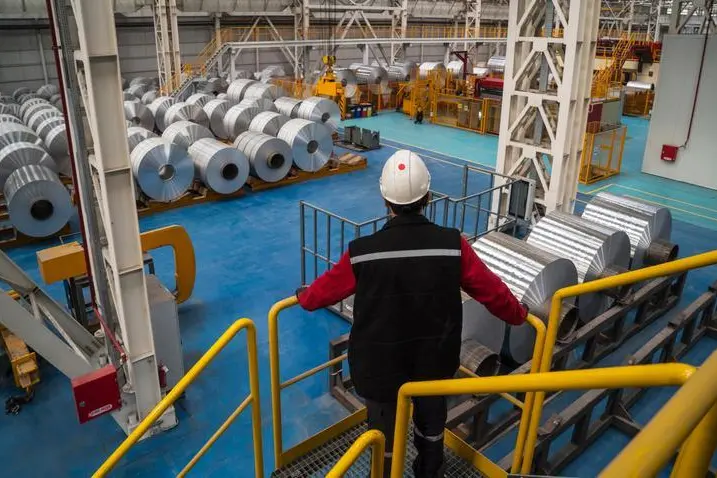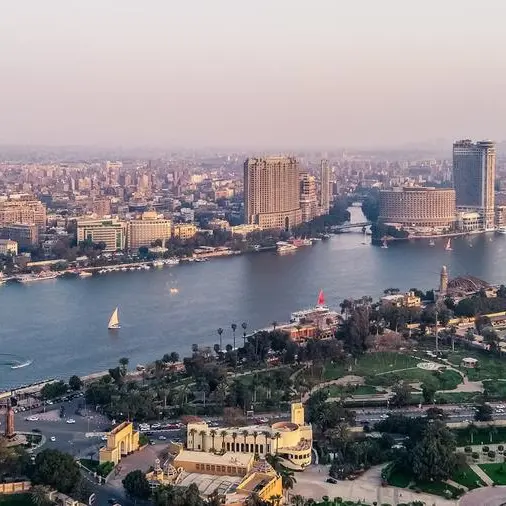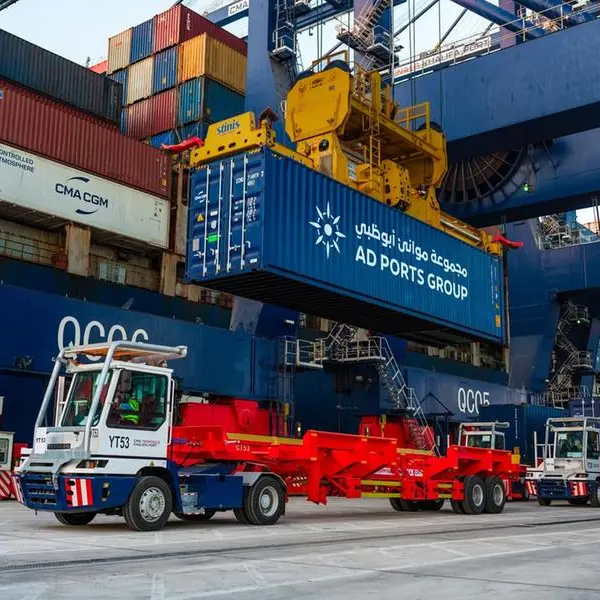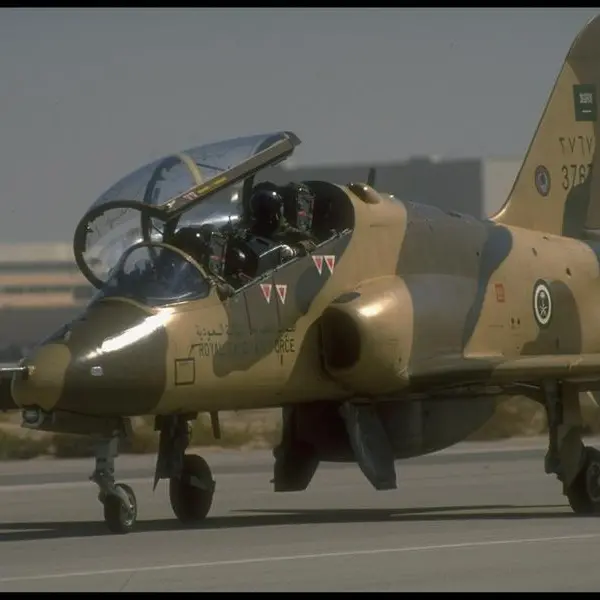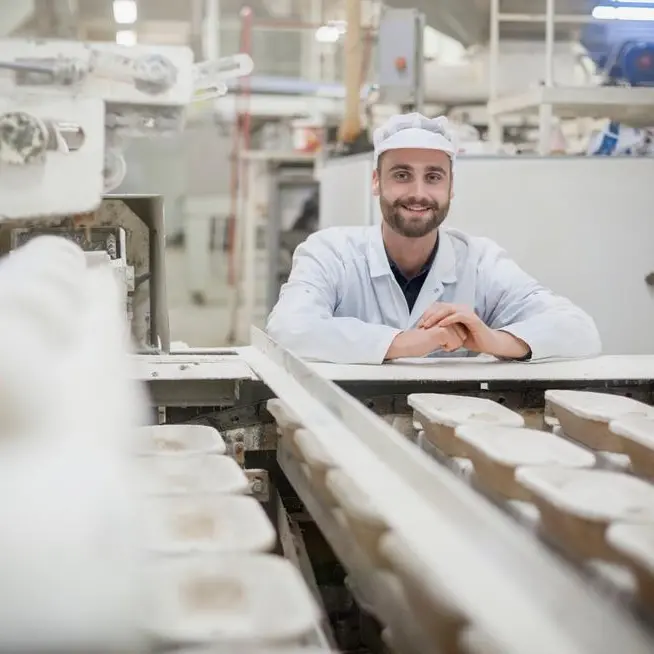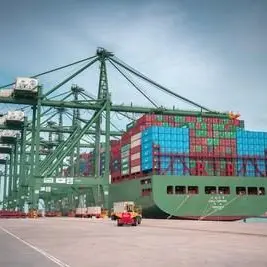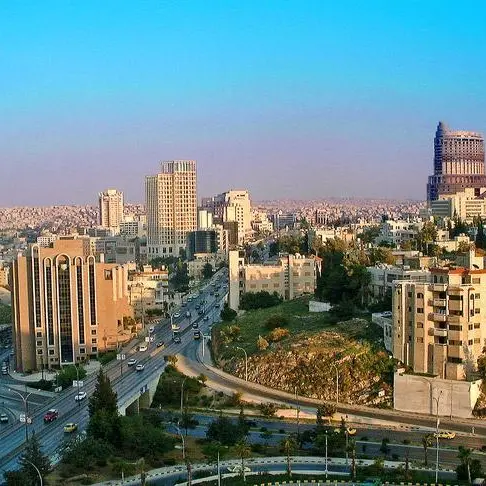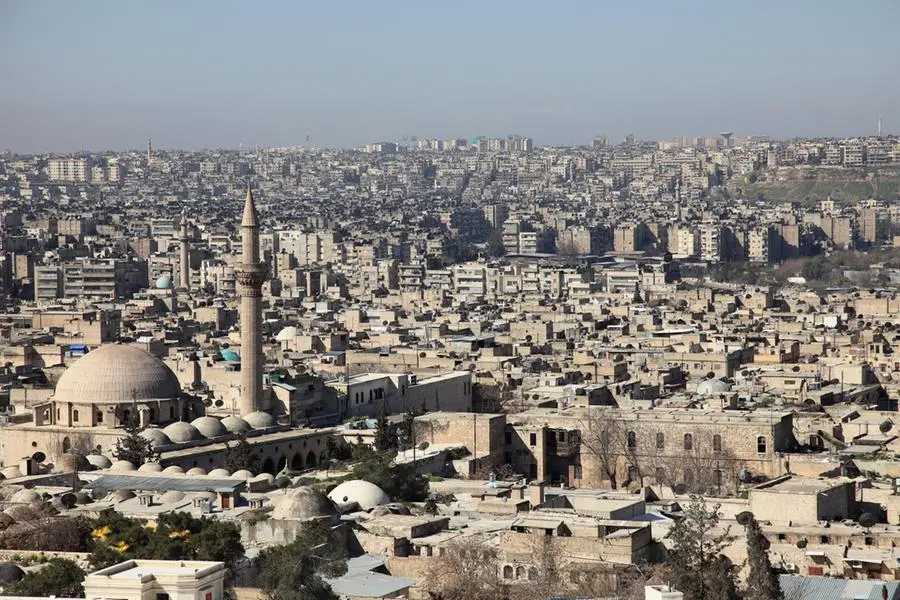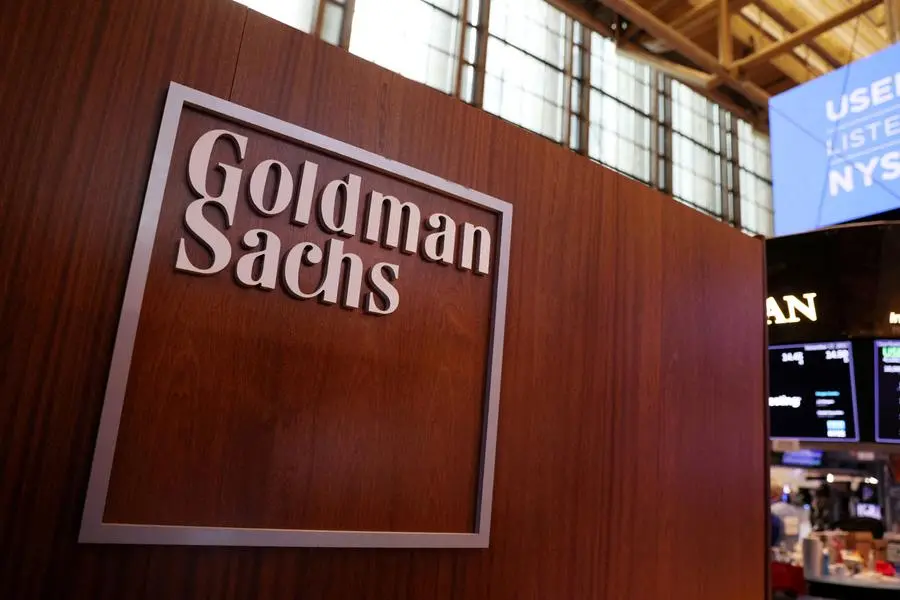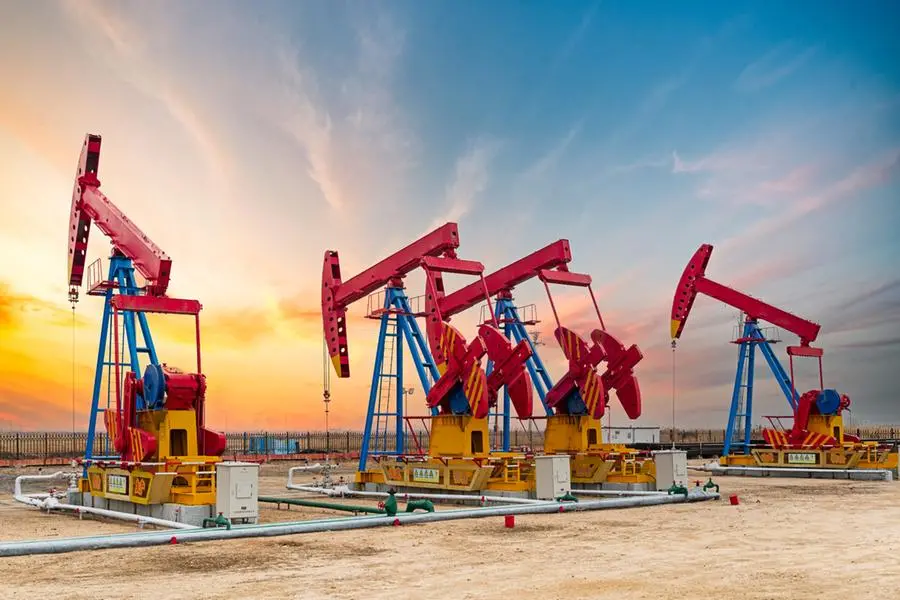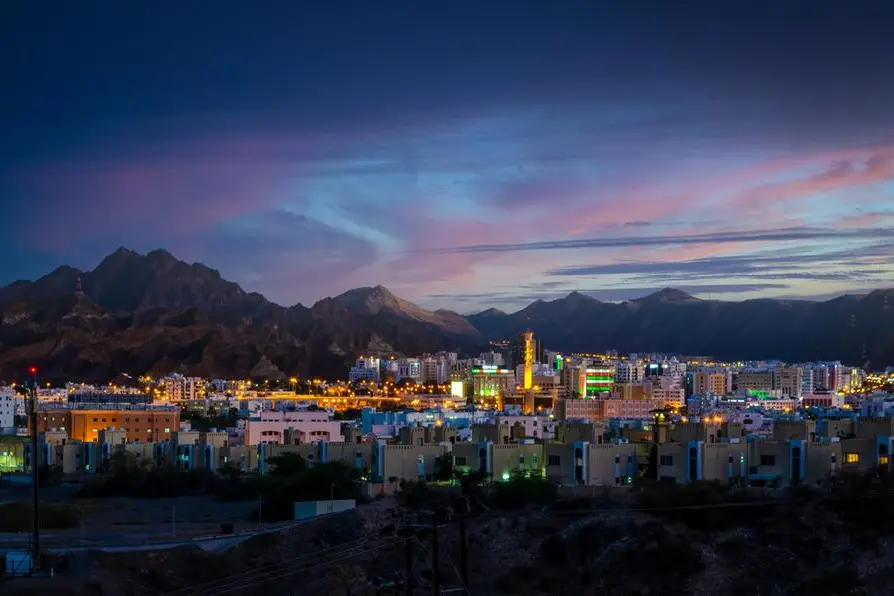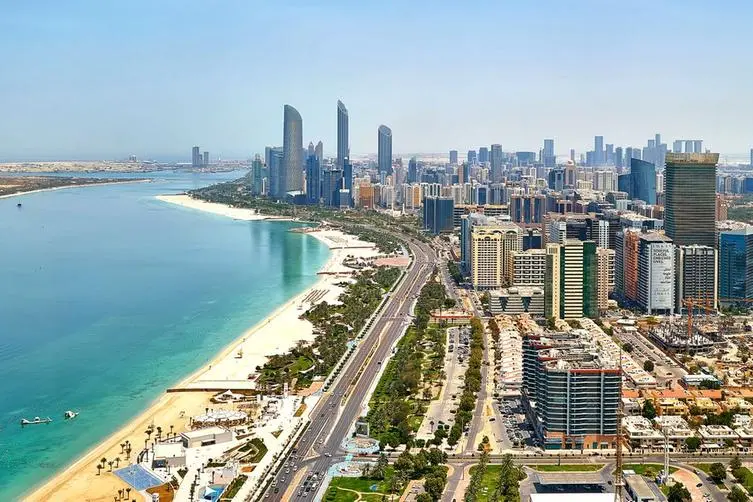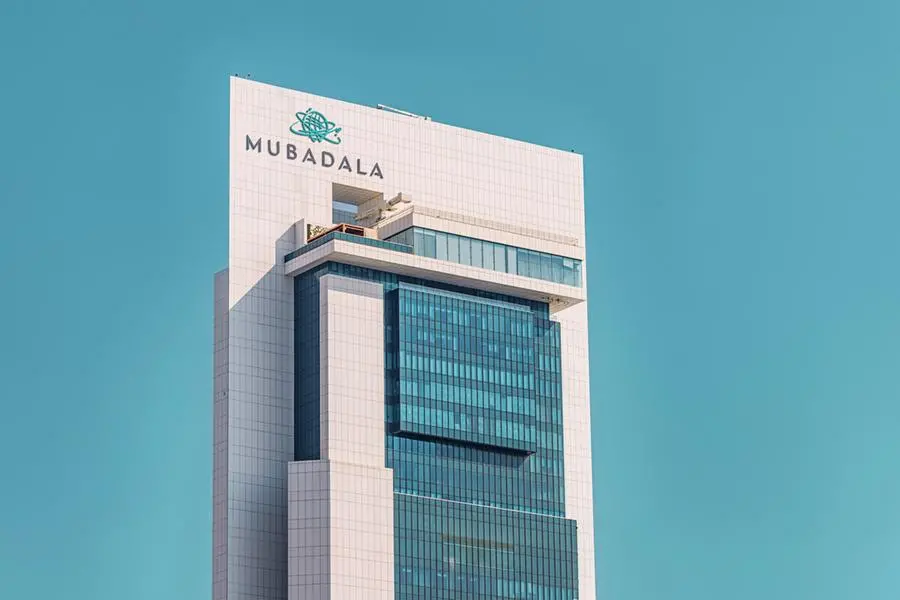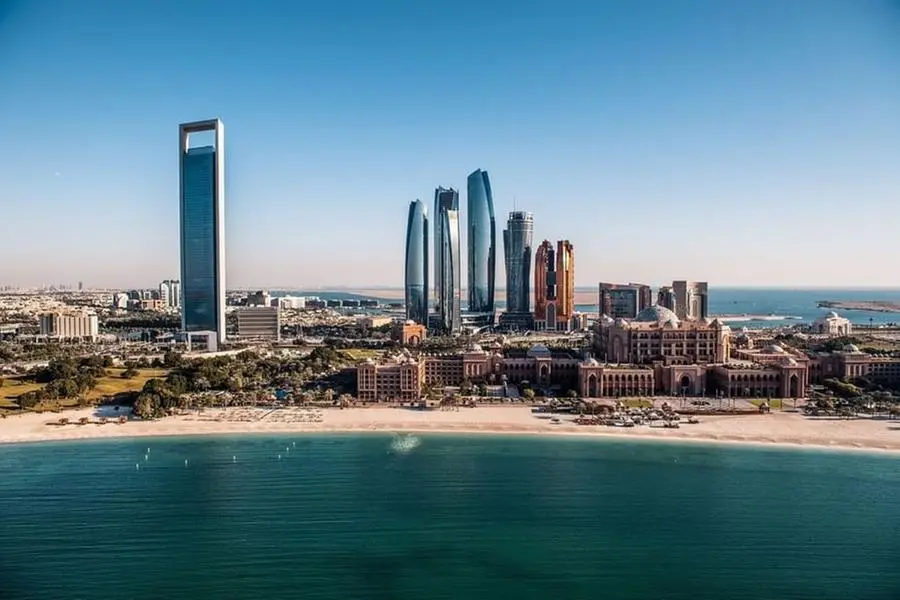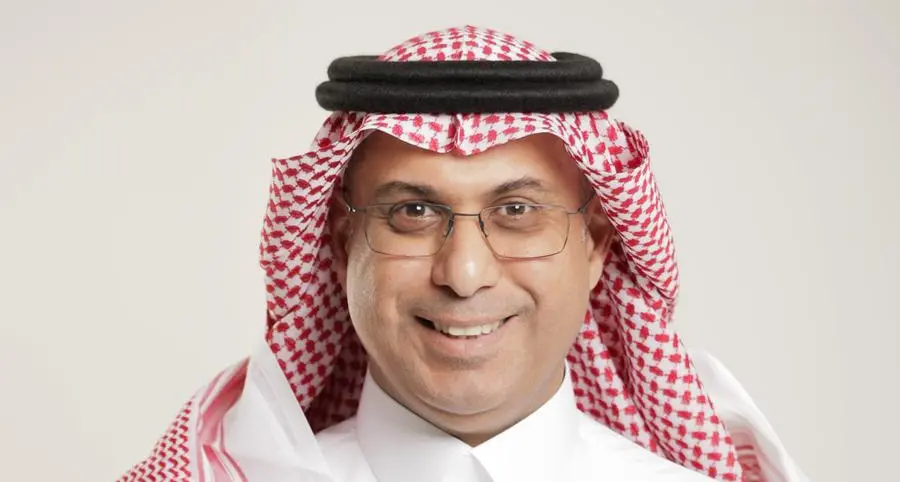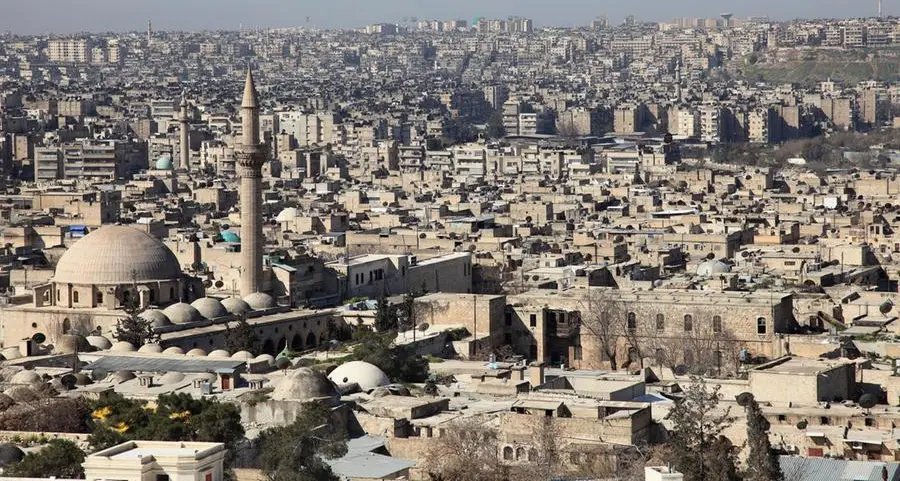PHOTO
The decarbonisation of the steel industry through the adoption of direct reduced iron (DRI) with green hydrogen may have significant implications for the circularity of zinc, according to a Wood Mackenzie report.
The shift towards using more DRI in Electric Arc Furnaces (EAF) compared to scrap steel is expected to increase the cost and carbon intensity of zinc recovery due to the reduced zinc content in EAF dust.
The current EAF process generates nearly 535 million tonnes of steel annually, resulting in steel dust containing between 0.2 and 3.4 million tonnes of zinc.
“By 2050, nearly half of the world’s steel production is projected to be through the EAF route. This transition is necessary for decarbonisation efforts, but it poses challenges for the zinc industry in meeting the demands of decarbonisation and the circular economy,” said Andrew Thomas, Head of Zinc Markets at Wood Mackenzie.
The current “best available technology” for zinc recycling is highly carbon-intensive, making it difficult for the zinc market to align with decarbonisation goals of the steel industry.
According to Wood Mackenzie, primary smelters currently utilise up to 25 percent of zinc oxides and other residues in their raw material feed.
“Alternative methods of recovering zinc from steel dust have proven unsuccessful, posing a risk that the steel industry’s decarbonisation efforts and rising carbon costs could inadvertently hinder the circularity of zinc,” Thomas added.
The Middle East and North African steel sector are dominated by DRI-EAF technology, Zawya Projects had reported in September 2022, citing a study by the Institute for Energy Economics and Financial Analysis. In 2021, MENA produced just three percent of global crude steel but accounted for nearly 46 percent of the world’s DRI production, the report said.
(Writing by P Deol; Editing by Anoop Menon)
(anoop.menon@lseg.com)
Subscribe to our Projects' PULSE newsletter that brings you trustworthy news, updates and insights on project activities, developments, and partnerships across sectors in the Middle East and Africa.
